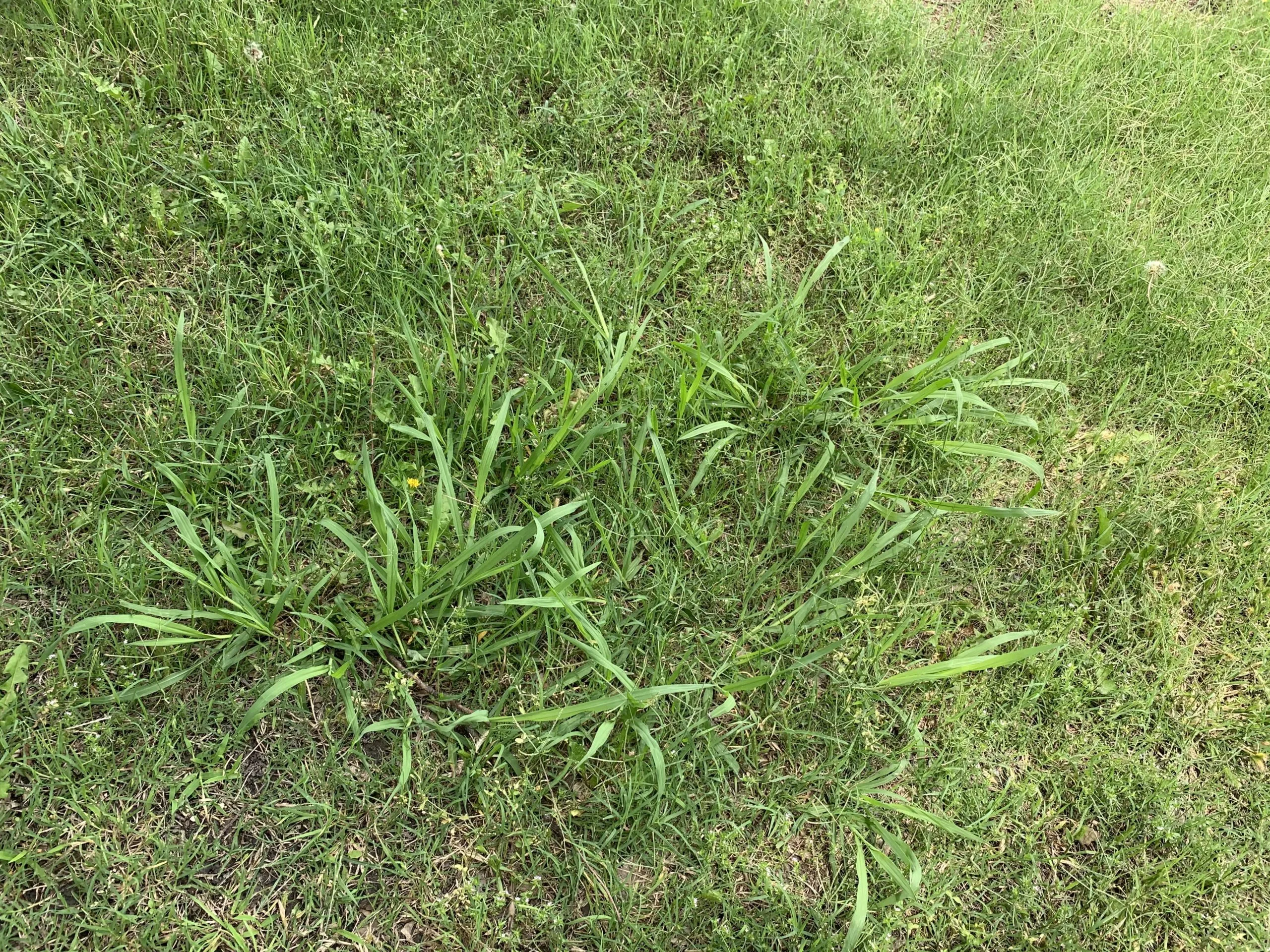If you’ve ever been to a garden center or a nursery, then you will probably have come across the terms annual and perennial. They refer to the growth cycle of a plant and are useful in deciding where to place plants, when to plant them, and how to care for them.
But did you know that weeds are also divided into annuals and perennials? A weed’s classification affects both how it will grow in your garden and the most effective method for preventing it.
What is the difference between annuals and perennials?
The key difference between annuals and perennials lies in the length of their life cycles.
While an annual’s life cycle lasts for a single growing season, perennials return, again and again, often blooming multiple years in a row. The short life cycle of annuals means that they are able to devote all their energy to producing bright, showy flowers that tend to remain for longer than their slow and steady perennial cousins.
What is a Perennial Weed?
Perennials are the long-distance sprinters of the plant world. Weeds that aren’t properly removed will return year after year, often surviving three or more growing seasons. A large portion of their energy goes into forming strong, hardy root systems that become dormant during winter, then return once temperatures start rising. This means that even though you might not be able to see the weed in cold weather, it is still there, and will reappear as soon as the sun returns.
Perennial weeds have a reputation for being hard to eradicate. This is partly true since you must remove the entire root system in order to kill the plant. However, once you properly kill the plant, it’s less likely to return than an annual, since they don’t self-seed.
Examples of perennial weeds in our area are dallisgrass, johnsongrass, and nutsedge.
What is an Annual Weed?
Annual flowers finish their life cycle within one growing season. The plants begin as seeds as the spring, grow, flower, and set seed in the summer, and then die with the fall frost. Once they die, you will have to replant them at the start of the next growing period.
Even though annuals only live for 12 months, they usually bloom for the entire season and are known for their showy appearance and vibrant colors.
Annuals are normally divided into two categories: summer annuals, and winter annuals.
Summer annuals begin to sprout once temperatures in the soil rise during the spring. Winter annuals, on the other hand, emerge from seed in late summer or early fall, continue to grow through the winter, then bloom and die the subsequent summer. As a general rule, winter annuals are heat-sensitive, while summer annuals are cold-sensitive.
Examples of annual weeds in our area are rescue grass, bluegrass/poa annua, and crabgrass.
A Word on Weeds
In order to treat weeds, it is important to know what category they fall into. This will enable you to apply herbicide at the right time to kill the plant for good. For more information on preventing weeds in your lawn, check out our guides on preventing early-blooming weeds and how to combat grassy summer weeds.



Comments (0)
Thanks for your comment!
Thanks for your feedback! Your comments have been successfully submitted! Please note, all comments require admin approval prior to display.
Error submitting comment!
There is a problem with your comment, please see below and try again.